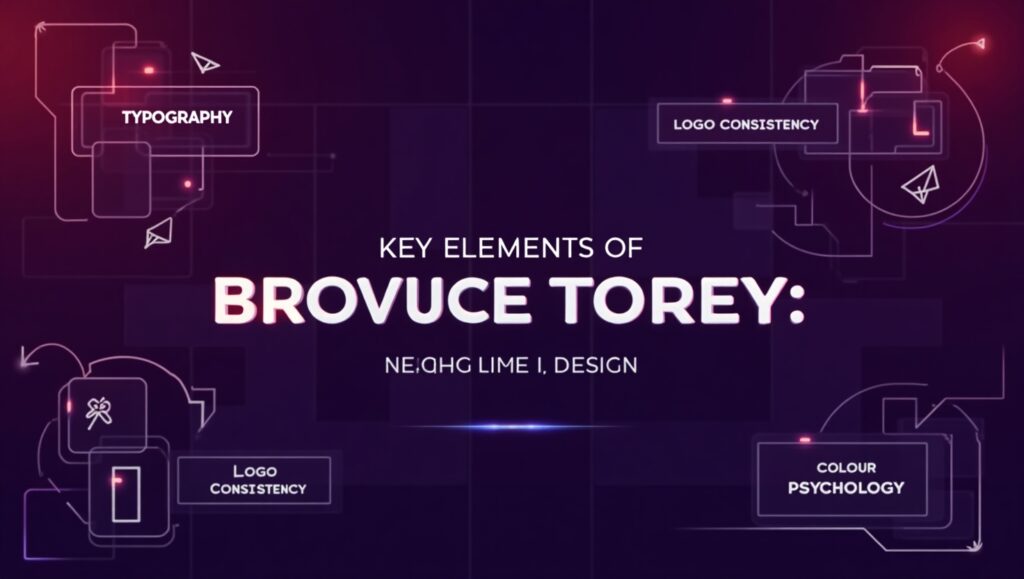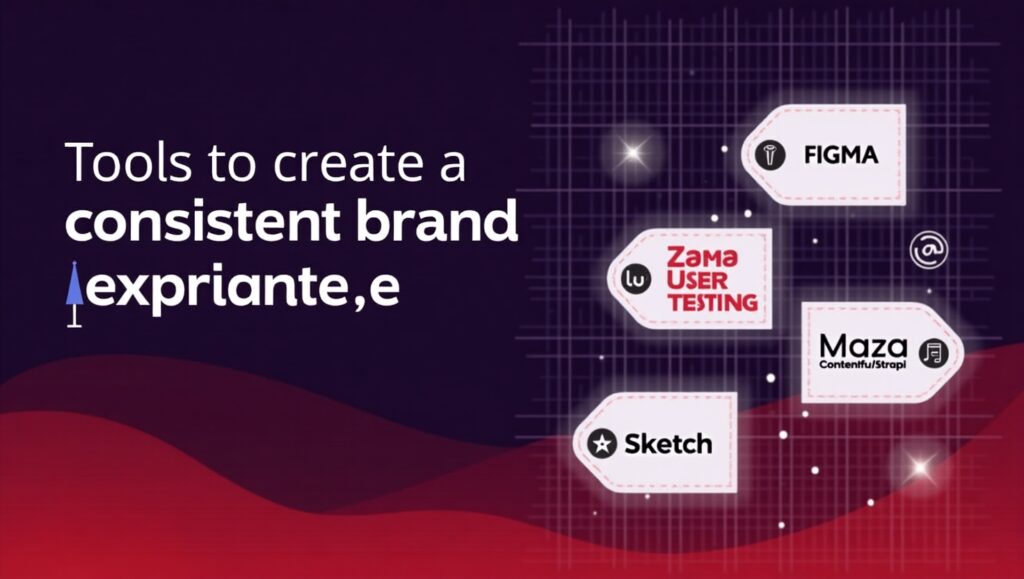click to get service View profile
In today’s digital landscape, success isn’t defined by functionality alone—it’s about creating an emotional connection through meaningful user experiences. That’s where branding in UI/UX design plays a critical role. Branding gives your product a distinct identity, personality, and voice, while UI/UX design ensures that identity is consistently and intuitively reflected across every touchpoint. In this complete guide, we’ll dive into how to effectively integrate branding into your UI/UX design strategy to build user trust, strengthen engagement, and deliver seamless experiences that align with your brand values.
What is Branding in UI/UX Design?
Branding in UI/UX design is far more than just logos and colour schemes; it’s the emotional and psychological relationship a user develops with a product or company. At its core, branding helps define the soul of the experience you’re designing: What does your product stand for? How should users feel when interacting with it? What lasting impression should it leave?
In UI/UX, branding is not just visual identity; it’s how users perceive and experience your product, emotionally and functionally. The better the branding aligns with the experience, the stronger and more memorable the user connection.
Why Branding Matters in User Experience
Branding and UX both aim to build trust and emotional connection with users. Without thoughtful user experience, a brand can feel disconnected and empty. On the other hand, a product with great UX but no clear branding lacks character and struggles to stand out. Striking the right balance through branding in UI/UX design is essential to create a product that feels both purposeful and memorable.
Here’s why branding in UI UX design is crucial to UX:
- It sets emotional expectations. Visuals, tone, and messaging form the first impression before a user interacts with any feature.
- It increases user loyalty. Strong branding builds recognition and fosters trust across touchpoints.
- It drives design consistency. Branding creates a seamless experience across web, app, email, and support channels.
- It humanizes the interface. Branding gives a product a voice, attitude, and intention that users connect with.
Key Elements of Branding in UI/UX Design

1. Colour Palette and Typography: Visual Branding
Colour and typography are foundational elements of visual branding that strongly influence emotion and perception.
- Colour Psychology: Different colours evoke different feelings. Blue conveys trust and professionalism (often used in fintech); red signals excitement and urgency (great for food or sports); while green implies growth and stability (commonly seen in health and sustainability).
The psychology of color plays a vital role in branding in UI/UX design, as it must align closely with the brand’s personality. For instance, Spotify’s vibrant green paired with black conveys energy, innovation, and modernity—perfectly reflecting its identity as a dynamic, youth-driven music platform. When colors are thoughtfully chosen, they strengthen emotional connection and brand recognition.
- Typography: Typography communicates tone even before a single word is read. Sans-serif fonts feel modern and clean, while serif fonts exude tradition and trustworthiness. Pairing typefaces thoughtfully strengthens brand presence and usability.
For instance, a friendly ed-tech platform might choose rounded fonts to appear approachable, while a legal services site would prefer something structured and authoritative.
2. Logo Placement and Consistency
A logo is often the most immediate visual representation of a brand. But how it’s presented within an interface matters just as much as the logo itself.
- Placement: Typically, logos are placed in the top-left of a website or app for maximum visibility and brand recall. But logo design should extend beyond mere placement to how it interacts with other elements, its scale, spacing, and behaviour in different breakpoints.
- Consistency: Every appearance of the logo should follow rules defined in the brand guidelines: size, minimum padding, colour variations (light/dark themes), and use cases. A wobbly logo presence signals a shaky brand identity.
Design consistency fosters trust, trust keeps users engaged.
3. Tone of Voice and Messaging
Microcopy is where branding in UI/UX design truly comes to life. Every word—whether on a button, error message, or success screen—shapes how users perceive your brand. It’s a powerful opportunity to express personality, build trust, and reinforce your brand’s voice in the smallest yet most impactful moments.
Tone Variations: Is your brand professional and direct (like IBM)? Or casual and witty (like Slack)? The tone of voice must be consistent across the product, from empty states to onboarding screens.
Messaging Clarity: Beyond tone, your messaging should reinforce the brand promise. Messaging during errors, confirmations, and tutorials should reassure and guide the user in a voice that feels uniquely yours.
Example: Instead of a robotic “404 Not Found”, a playful brand might say, “Oops! You’ve taken a wrong turn in the pixel universe.
How to Align Branding with User Experience
Here’s how you can strategically integrate branding into your UX process:
- Start with brand values. Before wireframing, ask, What are the core values of the brand? How should users feel at every step?
- Collaborate across teams. Work closely with brand, marketing, and content teams to ensure alignment.
- Use design systems. A central design system that reflects brand storytelling, voice, and visuals ensures scalable consistency.
- Validate through testing. Test different brand expressions (colors psychology, tone, icons) with real users to measure emotional impact and usability.
Remember, branding isn’t a layer you add at the end; it’s the lens through which you view every design decision from the beginning. This highlights the importance of branding in digital design.
Case Studies: Brands with Exceptional UI/UX Branding
1. Airbnb
Airbnb’s branding and UX design are seamlessly aligned. Its friendly typography, soft colour palette, and warm microcopy make users feel welcome and secure, which is essential for a platform that’s built on trust between strangers.
2. Duolingo
Duolingo uses a fun, gamified UX with a bold brand voice that feels like a cheeky friend cheering you on. From its mascot to its push notifications, every interaction is true to the brand.
3. Notion
Notion blends minimalism with flexibility. Its UI is neutral and spacious, letting users shape it however they wish, perfectly matching its branding as a “tool for thinking”.
Tools to Create a Consistent Brand Experience

Here are tools that help integrate branding into UI/UX design processes:
- Figma/Sketch: For building brand-aligned UI components.
- Zeroheight: To document and share brand guidelines with all teams.
- LottieFiles: For brand-aligned animations and microinteractions.
- Contentful/Strapi: For managing and maintaining a consistent tone across content.
- Maze/UserTesting: To test how branding impacts user experience in prototypes.
Conclusion
As we’ve explored, branding in UI/UX design is no longer a luxury—it’s a necessity for building digital products that genuinely connect with users. When the user interface seamlessly reflects the brand’s identity, it creates a unified and intuitive experience. This alignment fosters trust, boosts engagement, and cultivates long-term user loyalty by making the product not just functional, but emotionally meaningful.
Good UI/UX without branding might be usable—but forgettable. Strong branding without solid UI/UX might catch attention—but frustrate users. It’s the combination of the two that creates lasting digital experiences.
By embedding branding in UI/UX design from the very beginning, you ensure your product delivers a consistent and compelling story across every touchpoint—visually, emotionally, and functionally. From color psychology and tone of voice to layout hierarchy and micro-interactions, every design decision should reflect and reinforce your brand’s core values and vision. This holistic approach builds stronger user connections and elevates the overall experience.
Whether you’re a startup founder, product designer, or UX strategist, it’s time to rethink your approach. Branding and UI/UX design shouldn’t exist in separate silos—they must work together as a unified experience. With branding in UI/UX design, users aren’t just using a product—they’re engaging with your brand on an emotional and functional level. Make every interaction count by designing with both purpose and identity in mind.

